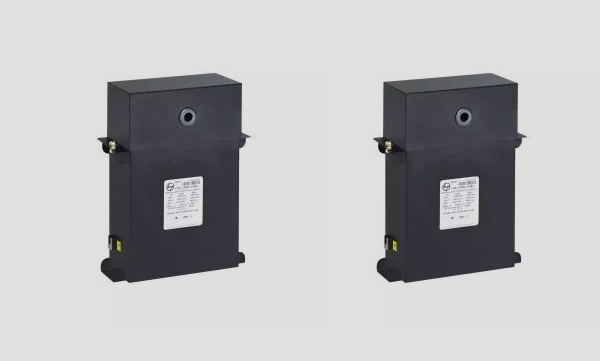Description
Capacitors are passive two-terminal electronic components that store electrical energy in an electric field. They are fundamental building blocks in virtually all electronic circuits, playing crucial roles in filtering, timing, coupling, decoupling, and energy storage applications. Understanding their characteristics is key to successful circuit design.
How Capacitors Work:
A capacitor consists of two conductive plates separated by an insulating material called a dielectric. When a voltage is applied across the terminals, electric charge accumulates on the plates, creating an electric field within the dielectric. The amount of charge stored is directly proportional to the applied voltage, a relationship defined by capacitance (measured in Farads, F).
Key Parameters & Specifications:
- Capacitance (C): This is the primary characteristic of a capacitor, representing its ability to store charge. It's measured in Farads (F), with typical values ranging from picofarads (pF) to farads (F).
- Voltage Rating (V): The maximum voltage that can be safely applied across the capacitor without causing breakdown of the dielectric. Exceeding this rating can lead to capacitor failure.
- Tolerance: The permissible variation in capacitance from the stated value. Common tolerances include ±5%, ±10%, and ±20%.
- Dielectric Material: The insulating material between the capacitor plates significantly impacts its properties, including capacitance, voltage rating, temperature stability, and frequency response. Common dielectric materials include ceramic, film (polyester, polypropylene, etc.), electrolytic (aluminum, tantalum), and mica.
- ESR (Equivalent Series Resistance): Represents the internal resistance of the capacitor, impacting its performance at high frequencies. Lower ESR is generally desirable.
- ESL (Equivalent Series Inductance): The inherent inductance of the capacitor's leads and internal structure, becoming significant at higher frequencies. Lower ESL is preferred.
- Temperature Coefficient: Indicates how the capacitance changes with temperature variations.
- Operating Temperature Range: The temperature range over which the capacitor can operate reliably.
Types of Capacitors:
Capacitors come in a wide variety of types, each with its own strengths and weaknesses:
- Ceramic Capacitors: Common, inexpensive, and available in a wide range of capacitances and voltage ratings. Excellent for high-frequency applications.
- Film Capacitors: Offer high stability, low ESR, and good temperature characteristics. Suitable for various applications, including audio and filtering.
- Electrolytic Capacitors: Offer high capacitance values in a small package, but have a lower voltage rating and limited lifespan compared to other types. Polarized (positive and negative terminals) and non-polarized versions exist.
- Tantalum Capacitors: Known for their high capacitance density, low ESR, and good stability. Generally more expensive than ceramic or film capacitors.
- Supercapacitors (Ultracapacitors): Store significantly more energy than conventional capacitors and can handle more charge/discharge cycles. Primarily used in energy storage applications.
Applications:
Capacitors are ubiquitous in electronics, finding applications in:
- Power Supplies: Filtering, smoothing, and decoupling.
- Timing Circuits: In oscillators, timers, and delay circuits.
- Filtering: Removing unwanted frequencies from signals.
- Coupling: Transferring signals between stages of a circuit.
- Decoupling: Suppressing noise and voltage spikes.
- Energy Storage: In some power backup systems and energy harvesting applications.
